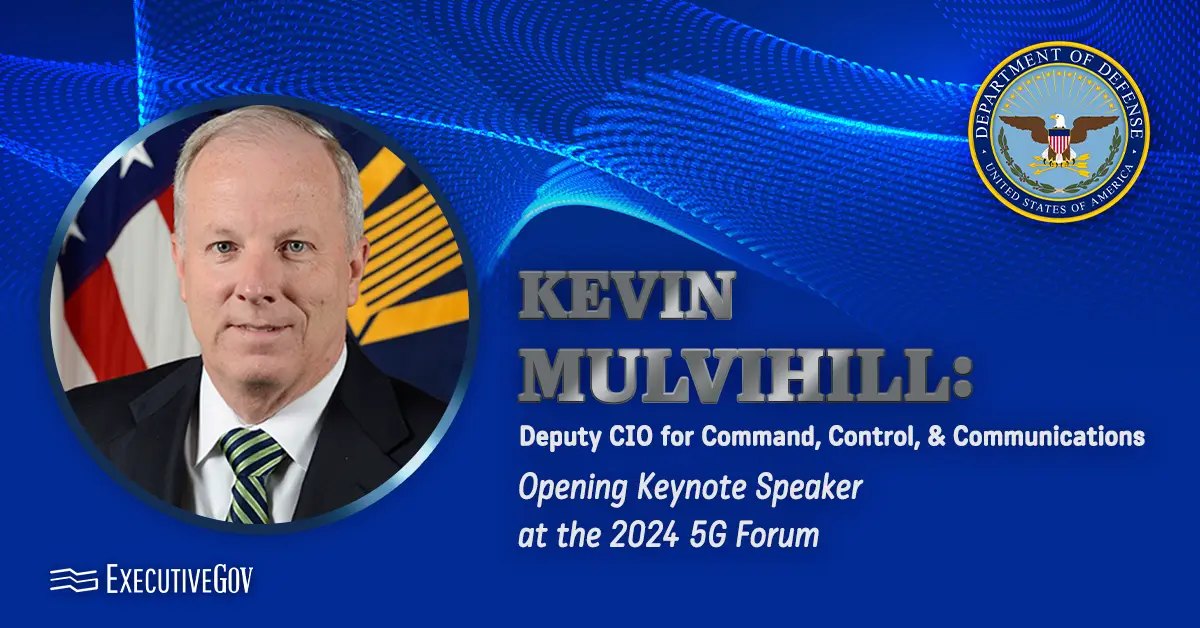Michael Monteleone, director of Army Futures Command’s All-Domain Sensing Cross-Functional Team, said the U.S. Army is looking for alternatives to GPS satellites to provide positioning, navigation and timing, or PNT, signals for various domains, Breaking Defense reported Monday.
“From the Army perspective, it’s going to be a little bit different for us in every domain. So, if I’m on the ground, there are certain things I can take advantage of from just simply being on the ground that maybe I can’t if I’m airborne, or if I’m a precision-guided munition moving at an incredible speed, perhaps maybe spinning while I’m in the air,” Monteleone said.
He added that the service branch must carefully plan which sensors to put on certain platforms based on mission requirements and costs.
“I don’t want to take a very expensive, very, very capable [alternative] PNT system that belongs on a, let’s say, a Stryker platform or an Abrams tank or something like that, and … stick it on the robot that is the one that I’m training to take first contact,” Monteleone said.
To develop alternative GPS signals effectively, Monteleone is seeking to take advantage of commercial technologies, such as quantum sensors for PNT and magnetic navigation.
“Mag-nav is interesting because you can use it across multiple domains as well,” according to Monteleone.

Monteleone is set to speak at the Potomac Officers Club’s 9th Annual Army Summit on June 13. Register here to save your seat at the event and hear from Army officials about their most urgent priorities for 2024 and beyond.















